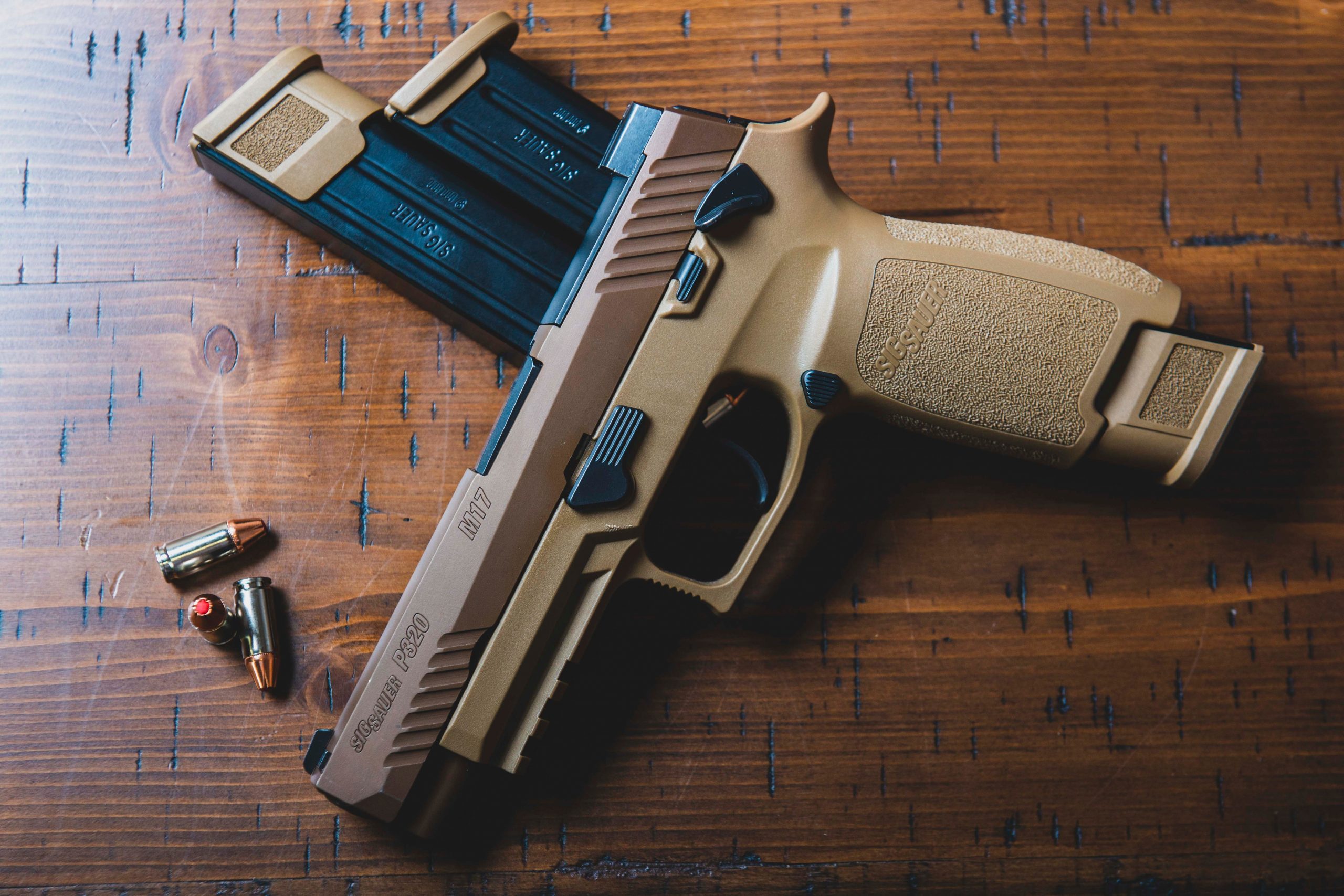First invented in China a thousand years ago, firearms have been a significant factor in recorded history, serving human objectives that range from hunting to military undertakings. The term “firearm” itself is very broad, and includes handguns, long guns, and many subdivisions of these two main categories. However, almost all firearms generally share certain common components, and understanding how these components work individually and in conjunction with each other will lead to a better grasp of firearms’ overall mechanics and function.
The Essential Parts
Have you ever heard the phrase “Lock, stock and barrel” used to mean “the whole thing?” This expression, originally coined by Sir Walter Scott, referred to the main parts of a flintlock musket. This still applies to firearms today, except that nowadays the “lock” has evolved into a mechanism called the “action.” The action is the mechanical means by which the firearm loads, fires, and ejects cartridges. There are a multitude of action types, including single and double actions for handguns, along with bolt, lever, and pump actions for gun parts kits. Each type serves the same basic purpose of cycling ammunition through the firearm.
The stock (or grip for handguns) is the part of the firearm held by the shooter. It provides stability and control during firing and helps absorb recoil. The stock is also called “shoulder stock,” “buttstock,” and sometimes just “butt.” Grips and stocks both come in a huge range of shapes, sizes, and materials to accommodate various shooting styles and needs.
The barrel is a metal tube through which the projectile travels when the gun is fired. On rifles and pistols, the interior of the barrel is machined with spiral grooves called rifling. These impart spin to the bullet when it is fired, improving stability and accuracy. Firearms without rifling are called smoothbore, and the most common of these are shotguns.
And All the Rest
The chamber is at the rear of the barrel and holds the cartridge until it is fired. The rear of the chamber is called the breech. Firearms have a single chamber (with the exception of revolvers, which have multiple chambers in the cylinder).
The trigger is perhaps the most familiar part of a firearm. Pulling the trigger releases the hammer or firing pin, initiating the firing sequence. Usually, this is the only function the trigger serves. However, in double-action firearms, squeezing the trigger also cocks the hammer. Possibly the most important thing to remember about the trigger is “trigger disciple,” the practice of the shooter keeping their finger off the trigger until ready to shoot.
The firing pin or hammer are the components responsible for striking the cartridge and commencing the combustion that forces the bullet out of the barrel. In firearms with hammer-fired mechanisms, the hammer strikes the firing pin, while in striker-fired firearms, the firing pin is directly released by the trigger.
Safety mechanisms are designed to prevent accidental discharges, and it is important that they are understood and used properly. The most common type is the manual safety, a switch, button or lever that has a “safe” position that is manually set. Other types include grip and trigger safeties, as well as various blocks, bars, and disconnects.
Firearm safety and responsible gun handling are essential not just for firearm owners and enthusiasts, but for people of all ages who live or work in an environment where guns are present. A good grasp of how the parts of a firearm work individually and as a whole allows for safer and more successful conditions in all settings where firearms are present.





Be First to Comment